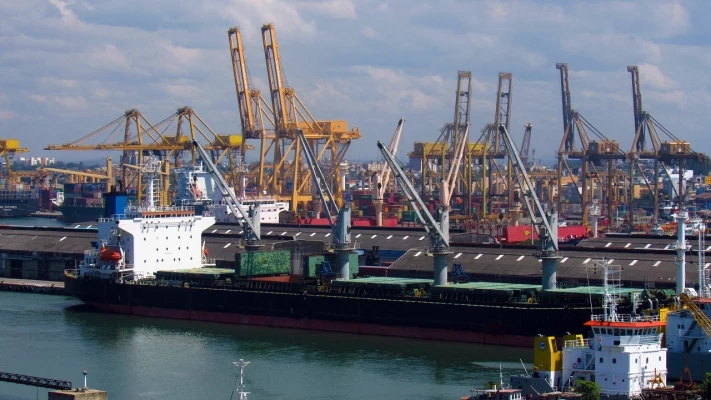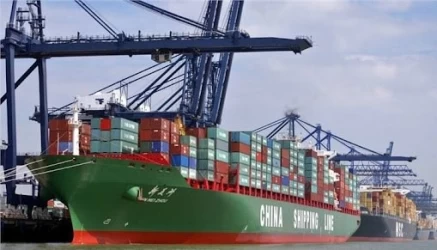Sea freight in Colombo port
Colombo Port, located in the commercial capital of Sri Lanka, is one of the most significant maritime transport hubs in the Indian Ocean region. Its strategic geographical position between East and West makes it a vital point for international shipping and trade. As a natural harbor, Colombo has evolved into one of the busiest and most important ports globally, facilitating the movement of goods across borders.
Historical Background
Colombo Port has a rich history that dates back to ancient times, attracting traders from various civilizations. The port was controlled by various empires, including the Portuguese, Dutch, and British, each contributing to its development. In 1865, under British colonial rule, the port underwent significant modernization, establishing itself as a crucial maritime route in global trade.
Economic Significance of Colombo Port
Colombo Port plays a vital role in the economy of Sri Lanka, accounting for over 90% of the country’s international trade. It serves as the primary gateway for both imports and exports, facilitating the flow of goods to and from Sri Lanka. Additionally, Colombo functions as a transshipment hub for neighboring countries like India and the Maldives. Many vessels on East-West trade routes also utilize this port as a key stopover point.
Infrastructure and Facilities
Colombo Port is equipped with advanced infrastructure, including modern container terminals, deep-water berths, and state-of-the-art cargo handling equipment. The port has the capacity to accommodate large vessels, including mega-ships, which has established it as a major transshipment center globally.
Key Terminals in Colombo Port:
- South Asia Gateway Terminals (SAGT): One of the first private container terminals in South Asia, playing a crucial role in container handling.
- Colombo International Container Terminal (CICT): A terminal built with Chinese investment, designed to handle super-sized vessels efficiently.
- East Container Terminal (ECT): A new terminal aimed at increasing the port's capacity and enhancing maritime transportation efficiency.
Development and Future of Colombo Port
The Sri Lankan government is continuously investing in the development and enhancement of port infrastructure. This includes constructing new terminals, improving logistics facilities, and fostering international collaborations with major shipping companies. The aim of these efforts is to transform Colombo Port into one of the top five transshipment ports globally.
Challenges Facing Colombo Port
Despite its advantages, Colombo Port faces several challenges, including competition from other regional ports, congestion issues, and the need for ongoing modernization. Addressing these challenges is crucial for maintaining its competitive edge in the maritime transportation sector.
Conclusion
Colombo Port, with its rich history and strategic location, plays a pivotal role in maritime transportation within the Indian Ocean region. Continuous investments in infrastructure and the development of logistics capabilities will ensure that Colombo remains a significant player in global trade. As the port evolves, it is poised to become one of the leading transshipment hubs in the world, further enhancing Sri Lanka's economic standing.
If you have any specific questions or need further assistance, feel free to ask!











